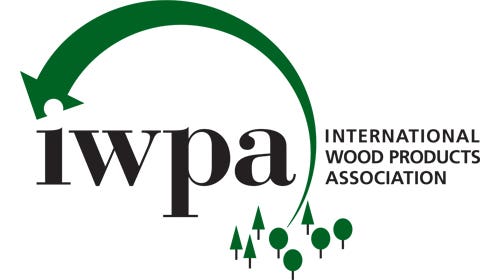Timing is key for sourcing Eastern white pine
Sourcing clear or upper grades of Eastern white pine can be a little tricky.
Sourcing clear or upper grades of Eastern white pine (Pinus strobus), also known as Northern white pine, can be a little tricky, according to suppliers interviewed by Woodshop News.
The trees grow in abundance in Eastern North America, but supply and demand don’t always match up, especially for the uppers.
“The upper grades are fairly tight and the lead time is pretty long, in my experience,” says Dave Welsh of Frank Paxton Lumber Co. in Denver. “I wouldn’t necessarily say there’s a shortage, but maybe that’s just because of the volume we go through. It’s more that you have to account for the timing because it can take some time to get it.”
“The upper grades, like the C & Better, are a very low percentage of the log, so when you saw a log up, the demand for C & Better is higher than it is for the lower grades and the clear stuff gets eaten up first,” explains Tom Breen of Keiver-Willard Lumber Corp. in Newburyport, Mass. “So, unless the lower grades are selling, they’re not going to keep sawing and stocking the lower grade stock until they move it.”
“I had one vendor who had nothing in 4/4 or 5/4 pine, whether it was knotty or clear, and said it was in short supply. It got me going to other vendors and it was interesting to see who had what. It was really sparse,” says Dave Norman of Parkerville Wood Products in Manchester, Conn.
“We still sell a lot of pine because it gets used in a lot of different things. The knotty pine especially is on the inexpensive side and a lot of people like rustic, and the knots of the knotty pine really lend itself to that. Then those who like to make nice traditional furniture will go to the clear pine.”
“Pine is a real generic term and there’s a whole host of species,” adds Welsh. “The most common commercially available species are Eastern white pine, Southern yellow pine – which could be a mixed bag of species – and on the West Coast you have Western white pine, sugar pine, imports like radiata pine from plantations, and Ponderosa pine; that’s a pretty big one. Then you have ESLP, which is Engleman spruce and lodgepole pine.”
This article was originally published in the December 2023 issue.






